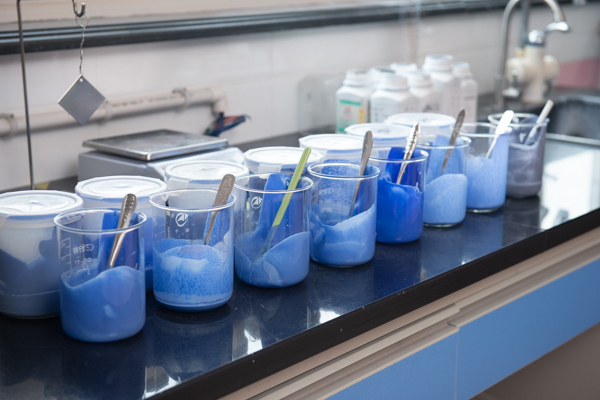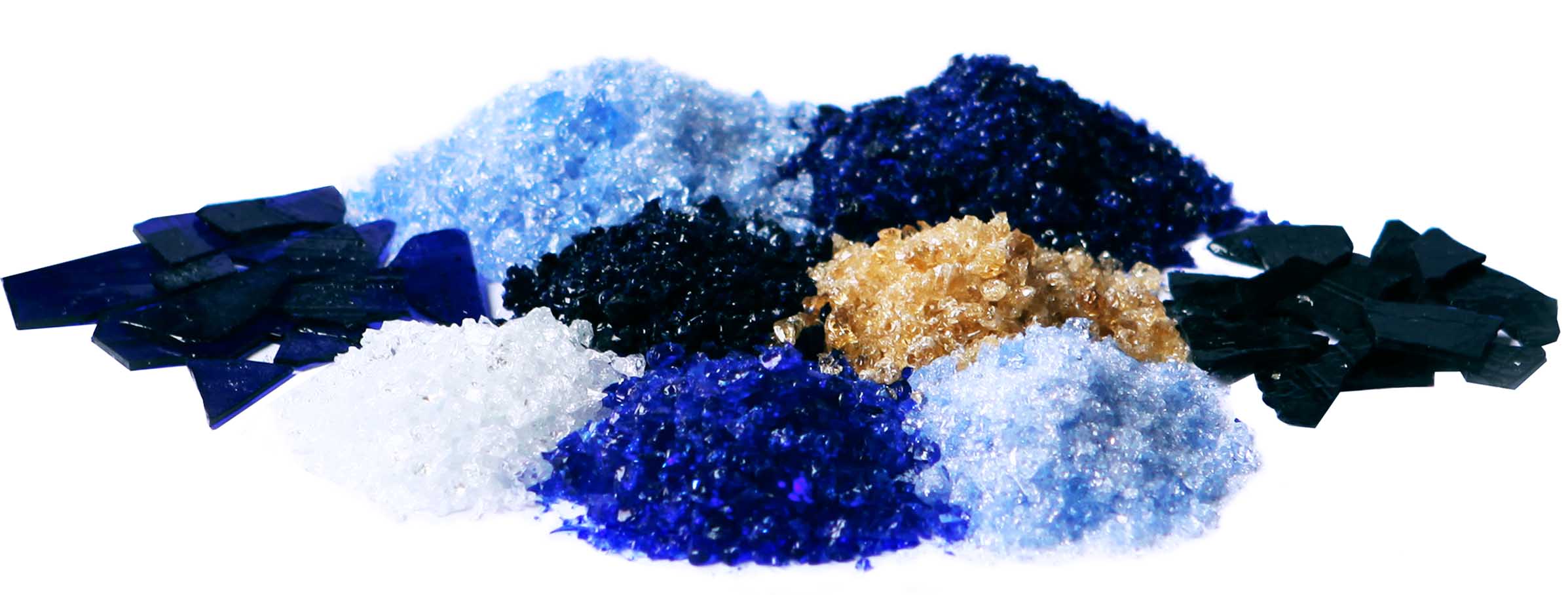 1. Flowability and yielding
1. Flowability and yielding
Flowability refers to the performance of the glaze slurry to evenly coat the metal. Typical enamelling methods such as dip enamelling, electrophoresis, spraying, etc. require different flowability of enamel slurry. Many factors affect the glaze fluidity, besides the grinding additions , clay composition, enamel type and melting process also have great impact.
Yield refers to the glaze enamelling, can resist external forces (such as gravity and transmission process of vibration) and no longer rheological properties. To ensure the uniformity of the enamelling of the glaze slurry after application, the glaze slurry must have a certain yield value. Clay suspensions are non-Newtonian fluids and glaze slurry is plastic fluid. Plastic flow is characterised by the fact that the applied shear force must exceed a certain minimum value (i.e. yield value) before the flow begins. The yield value of enamel slurry has a certain relationship with the thixotropic properties and consistency of the slurry.
The yield value of the enamel slurry can be increased by selecting a high quality clay or increasing the amount of clay, and by selecting the type of retention agent and the optimum value of retention agent dosage. Increasing the amount of water into grinding will make the glaze slurry flow more and yield value lower.
The rheology of the glaze slurry directly affects the porcelain surface quality of the enamelled products. Regardless of the process of enamelling, it is necessary to optimise the process properties of the glaze slurry and to control the rheology and yield value of the glaze paste in an optimum range. The following animation shows the test method of glaze paste collapse value of our company.
2. Determination of adsorption
The test plate (generally stainless steel) is weighed, completely immersed in the glaze slurry to be tested, lifted up slowly at a fixed speed, weighed after complete drainage of the slurry, and the difference in mass between the above two times is the value of the adsorption amount of the glaze slurry.
Glaze slurry adsorption amount of the test plate can be made according to the following animation.
Another glaze slurry adsorption amount of determination: a stainless steel plate containing different sizes of holes (as follows) of the porous part completely immersed in the glaze slurry to be tested, and lift up slowly at a fixed speed , completely drain the slurry, observation of the glaze paste closed the number of holes in the number of holes and the size of the holes to determine the amount of adsorption of the glaze slurry.
The more numbers of closed holes, larger the diameter of the holes show in the test plate, the larger adsorption of the glaze slurry is determined .






